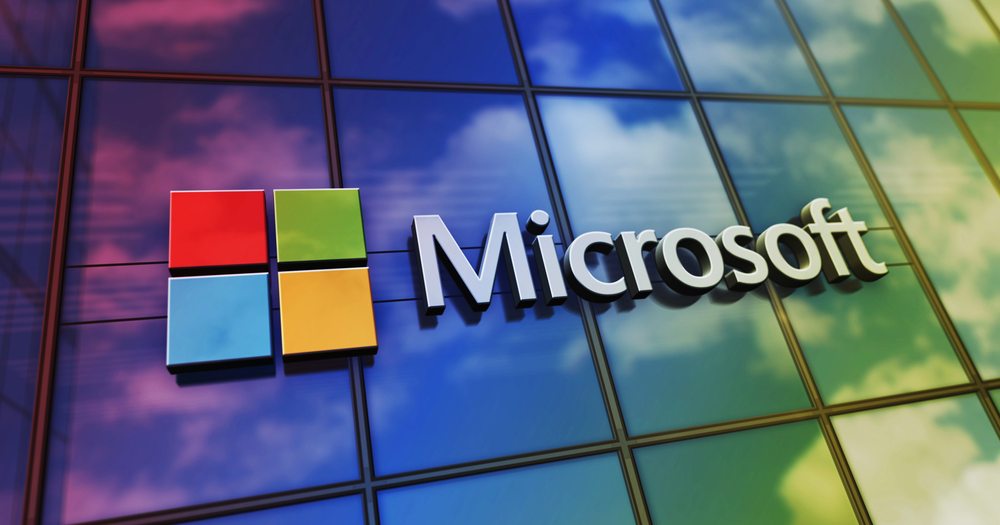Microsoft claims its AI system can diagnose complex medical cases 4 times more accurately than doctors

Microsoft just lobbed a thunderbolt into digital-health circles. Mustafa Suleyman, the company's AI chief, calls its latest system "a genuine step toward medical superintelligence."
The prototype, tested on real case studies, pegged the right diagnosis four times more often than a panel of seasoned physicians — while trimming the bill for lab work to boot.
How does it work?
Picture a squad of tireless medical residents debating in fast-forward. Microsoft's MAI Diagnostic Orchestrator (MAI-DxO) does roughly that, but with silicon brains:
- Break down the case: A large language model digests each vignette from the New England Journal of Medicine, listing symptoms and first-line tests.
- Call in the experts: It then summons several frontier models — GPT, Gemini, Claude, Llama, Grok — letting them spar over possible causes. Suleyman says this "chain-of-debate style" is the secret sauce.
- Pick the frugal path: The orchestrator votes on the cheapest next step that still moves the puzzle forward.
- Settle on a verdict: After a few rounds, it names the disease. In trials, it hit 80 percent accuracy; the human team sat at 20 percent.
Why does it matter?
Dominic King, a Microsoft vice-president on the project, puts it plainly: "Our model performs incredibly well, both getting to the diagnosis and getting to that diagnosis very cost effectively." In a country where medical bills can feel like climbing Everest in flip-flops, a 20 percent cut in testing costs is no small potatoes.
Beyond the dollars:
- Patients could get quicker answers, sparing anxious nights.
- Rural clinics or overstretched ERs might lean on the tool when specialists aren't around.
- Health systems could redirect savings to prevention and chronic-care programs.
The context
AI already reads X-rays, flags diabetic retinopathy, even drafts clinic notes. Yet stitching symptoms, lab choices, and final calls into one workflow has been the tough nut. Microsoft pinched top Google talent — Suleyman included — to crack it, underscoring the red-hot talent war.
Caveats still loom large: MIT's David Sontag urges restraint, noting that study doctors couldn't use their usual decision aids. "That's what makes this paper strong," he says, but he wants clinical trials with live patients before pop-ups land in every exam room. Scripps scientist Eric Topol echoes the need for real-world proof: "This is an impressive report because it tackles highly complex cases for diagnosis."
Bias, privacy, and legal liability also stalk the sidelines. Even so, the trajectory is clear. As Suleyman puts it, the orchestrated "agents that work together" may steer us toward that shimmering horizon of medical super-intelligence — sooner than many dared guess.
💡Did you know?
You can take your DHArab experience to the next level with our Premium Membership.👉 Click here to learn more
🛠️Featured tool
 Easy-Peasy
Easy-Peasy
An all-in-one AI tool offering the ability to build no-code AI Bots, create articles & social media posts, convert text into natural speech in 40+ languages, create and edit images, generate videos, and more.
👉 Click here to learn more


